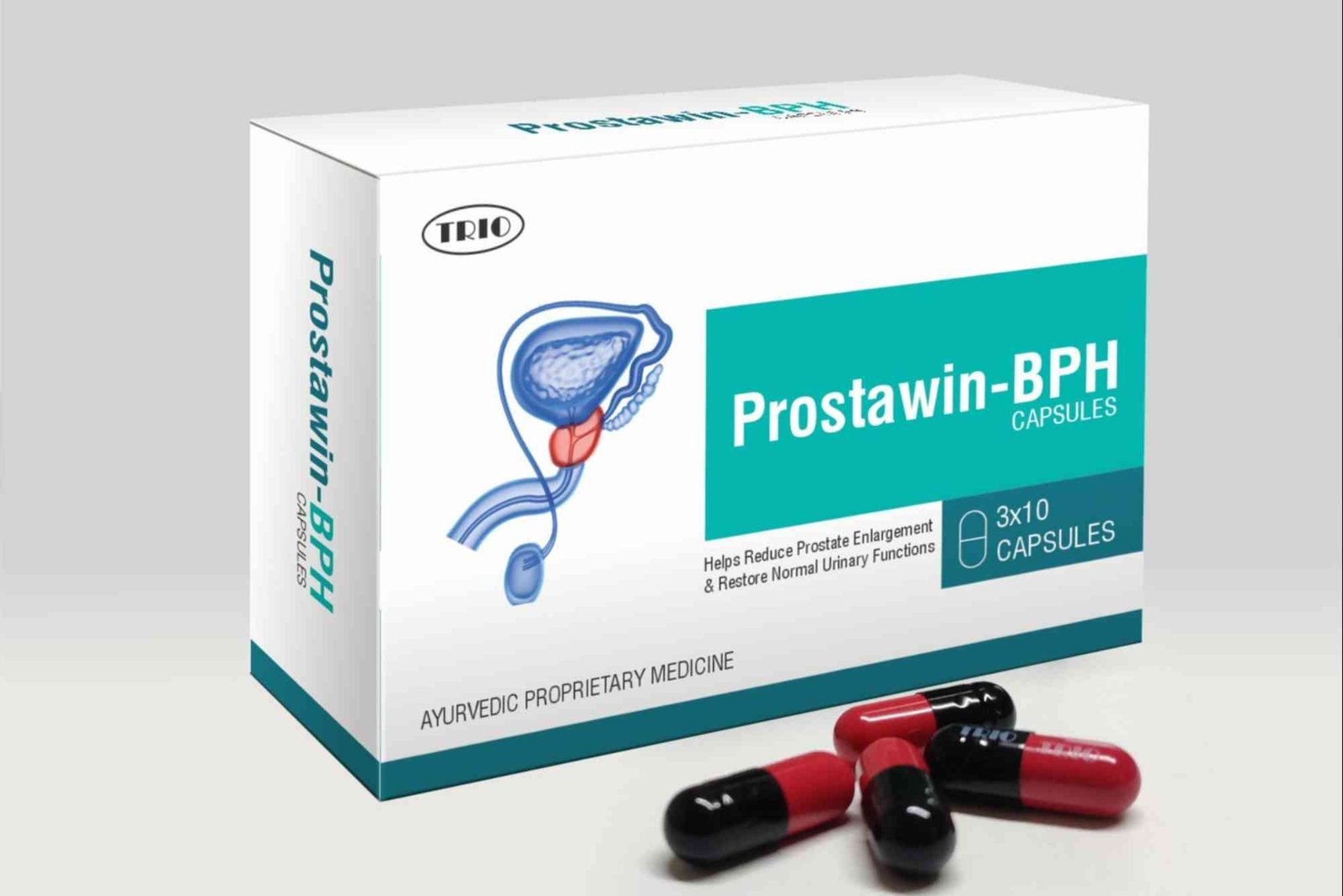Introduction
In today’s fast-paced online world, digital marketing has become the backbone of every successful business strategy. Whether you’re a small startup or an established enterprise, understanding what exactly digital marketing is — and how to do it effectively — can make the difference between thriving and merely surviving in the modern market.
This guide explains what digital marketing is, how it works, and what strategies you can use to grow your online presence. We’ll also share real-world examples, best practices, and expert insights to help you navigate the digital landscape confidently.
If you want a deeper understanding, you can also read our what exactly is digital marketing overview for additional insights.
What Exactly Is Digital Marketing?
Digital marketing refers to promoting products, services, or brands using online platforms and technologies. Unlike traditional marketing that relies on print, television, or radio, digital marketing reaches consumers through the internet, mobile devices, and social media.
It includes various techniques such as search engine optimization (SEO), content marketing, email campaigns, paid advertising, and social media engagement. The goal is to connect with your audience where they spend most of their time — online.
Why Digital Marketing Matters
Digital marketing matters because it helps businesses reach wider audiences efficiently and affordably. It allows real-time communication, data-driven decisions, and personalized interactions that traditional methods simply can’t offer.
More importantly, it levels the playing field — small businesses can compete with large corporations if they use the right digital tools and strategies.
Companies like Amazon, Nike, and Spotify have built global communities by leveraging digital marketing tactics effectively.
Key Components of Digital Marketing
Search Engine Optimization (SEO)
SEO improves your website’s visibility in search engines like Google. It focuses on optimizing content, keywords, and backlinks to attract organic traffic.
Tools such as Moz help marketers analyze website performance, research keywords, and track SEO progress.
Content Marketing
Content marketing builds trust through valuable information. Blog articles, videos, infographics, and podcasts all play vital roles in educating and engaging your audience.
Consistent, high-quality content strengthens brand authority and improves SEO ranking over time.
Social Media Marketing
Platforms like Facebook, Instagram, LinkedIn, and TikTok are crucial for connecting with audiences directly. Social media marketing involves sharing posts, stories, and ads that build brand awareness and foster community engagement.
Pay-Per-Click (PPC) Advertising
PPC campaigns, like Google Ads, allow businesses to appear at the top of search results instantly. You pay only when someone clicks on your ad, making it a cost-effective option for targeted traffic.
Email Marketing
Email remains one of the most powerful channels for nurturing leads and retaining customers. Personalized newsletters, product updates, and special offers encourage repeat business and customer loyalty.
Influencer and Affiliate Marketing
Collaborating with influencers or affiliates who already have loyal followings can amplify your reach. These partnerships help build credibility and tap into new markets effectively.
Real-World Examples of Digital Marketing Success
One of the most famous examples is Airbnb’s content-driven marketing. They used engaging stories and user-generated content to create trust and community among travelers.
Another great case is Coca-Cola’s “Share a Coke” campaign, which used personalization and social media engagement to drive massive user participation and brand interaction.
Even small local businesses benefit from targeted Facebook ads, SEO-optimized blogs, and Google My Business profiles — showing that digital marketing is scalable for all sizes and budgets.
Tips for Effective Digital Marketing
Understand Your Audience
Know who you’re targeting. Conduct market research to identify their demographics, interests, and online habits. Tailor your message accordingly.
Focus on Quality Over Quantity
Publishing hundreds of posts won’t matter if they lack relevance or quality. Focus on creating valuable content that answers real questions and solves problems.
Optimize for Mobile
More than half of online users access the internet through smartphones. Ensure your website and ads are mobile-friendly for the best user experience.
Use Data and Analytics
Leverage analytics tools like Google Analytics and Moz to measure what works. Data helps refine campaigns and allocate budgets more efficiently.
Be Consistent
Consistency in tone, visuals, and posting schedules helps strengthen brand recognition. Stay active, but don’t overwhelm your audience.
Embrace Video Marketing
Videos capture attention faster than text. Platforms like YouTube, Instagram Reels, and TikTok allow you to showcase products, share tutorials, or tell brand stories effectively.
Keep Learning and Adapting
Digital marketing evolves constantly. New platforms, algorithms, and tools emerge every year. Stay updated through related marketing & advertising resources to keep your strategies relevant.
Best Practices for Sustainable Results
Build a Strong Online Presence
Your website is your digital storefront. Optimize it for speed, design, and usability. Include clear CTAs, testimonials, and contact information.
Prioritize SEO from Day One
SEO isn’t a one-time task — it’s an ongoing process. Use proper meta titles, descriptions, and alt tags, and keep content regularly updated.
Personalize Your Campaigns
Consumers respond better to personalized experiences. Use data to tailor your emails, ads, and product recommendations.
Combine Organic and Paid Strategies
A balanced approach yields the best results. Use SEO and content for long-term growth, and PPC ads for quick exposure and conversions.
Monitor and Adjust
Always track your performance metrics. Adjust your strategies based on engagement, conversion rates, and customer feedback.
Common Mistakes to Avoid
Many beginners make the mistake of targeting everyone instead of a specific audience. Others focus too heavily on selling rather than building relationships.
Avoid using clickbait or posting low-quality content just to maintain frequency. Authenticity always wins in digital marketing.
Also, ignoring analytics can lead to wasted budgets. Use data insights to understand what resonates with your audience and refine your campaigns.
The Future of Digital Marketing
The future is data-driven, AI-powered, and hyper-personalized. Artificial intelligence, voice search, and augmented reality will continue shaping how brands connect with consumers.
Businesses that adapt early to emerging technologies will gain a competitive edge. For instance, personalized chatbots and predictive analytics already enhance customer experience and retention.
Sustainability and transparency will also play major roles in shaping consumer trust moving forward.
FAQs
What are the main types of digital marketing?
The main types include SEO, content marketing, social media marketing, email marketing, PPC advertising, and influencer marketing.
Is digital marketing better than traditional marketing?
Yes, digital marketing offers measurable results, wider reach, and better audience targeting compared to traditional channels.
How can beginners start in digital marketing?
Start by learning SEO basics, creating content, and experimenting with social media platforms. You can also read our what exactly is digital marketing overview for foundational tips.
How long does it take to see results from digital marketing?
SEO and organic strategies may take 3–6 months, while paid campaigns can generate traffic almost instantly.
What is the most effective digital marketing channel?
It depends on your goals and audience. For brand awareness, social media works best. For conversions, SEO and email marketing often yield higher returns.
Understanding what exactly digital marketing is, gives you the foundation to create strategies that truly connect with your audience. From SEO and content creation to social media and PPC, each element contributes to a cohesive digital presence.
Start small, analyze your performance, and adapt continuously. Remember — consistency, creativity, and authenticity are your best allies in this evolving digital landscape.








